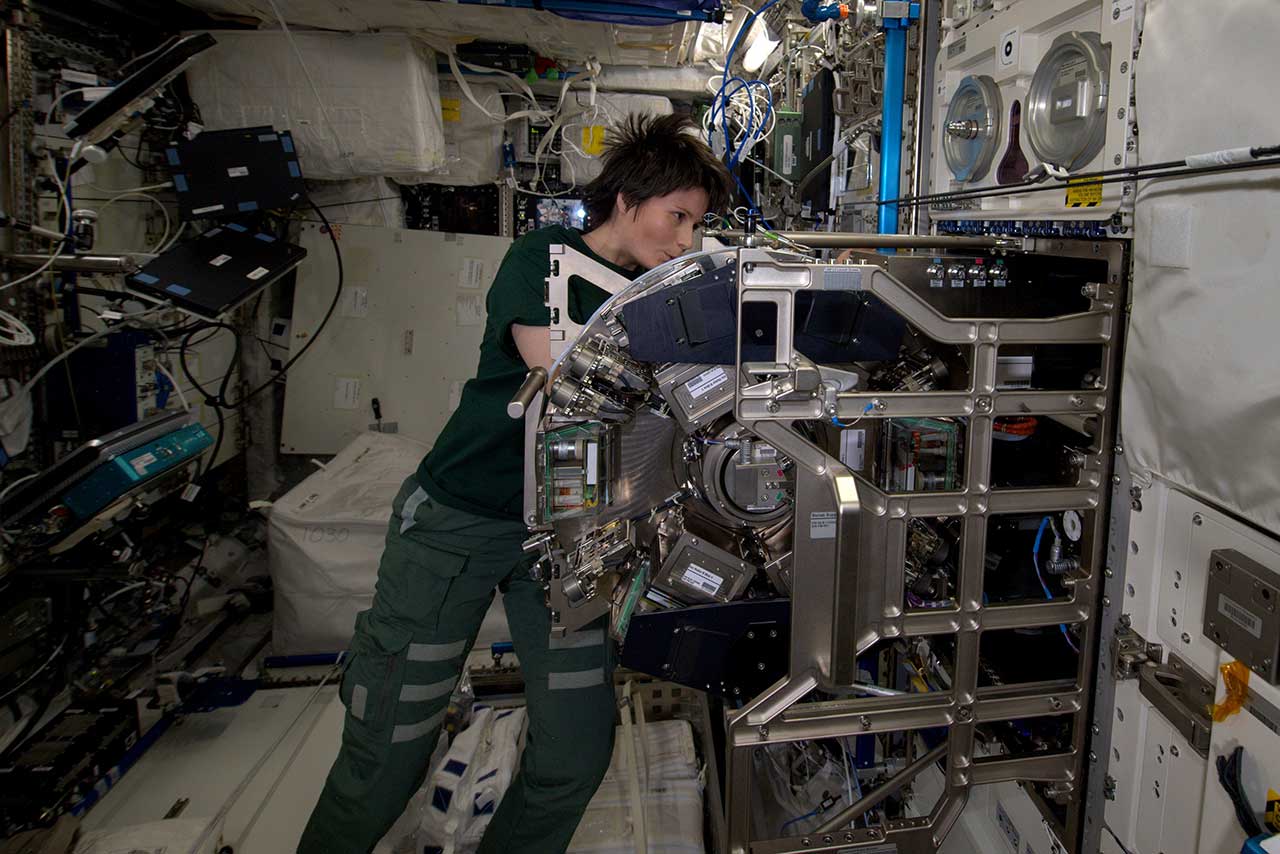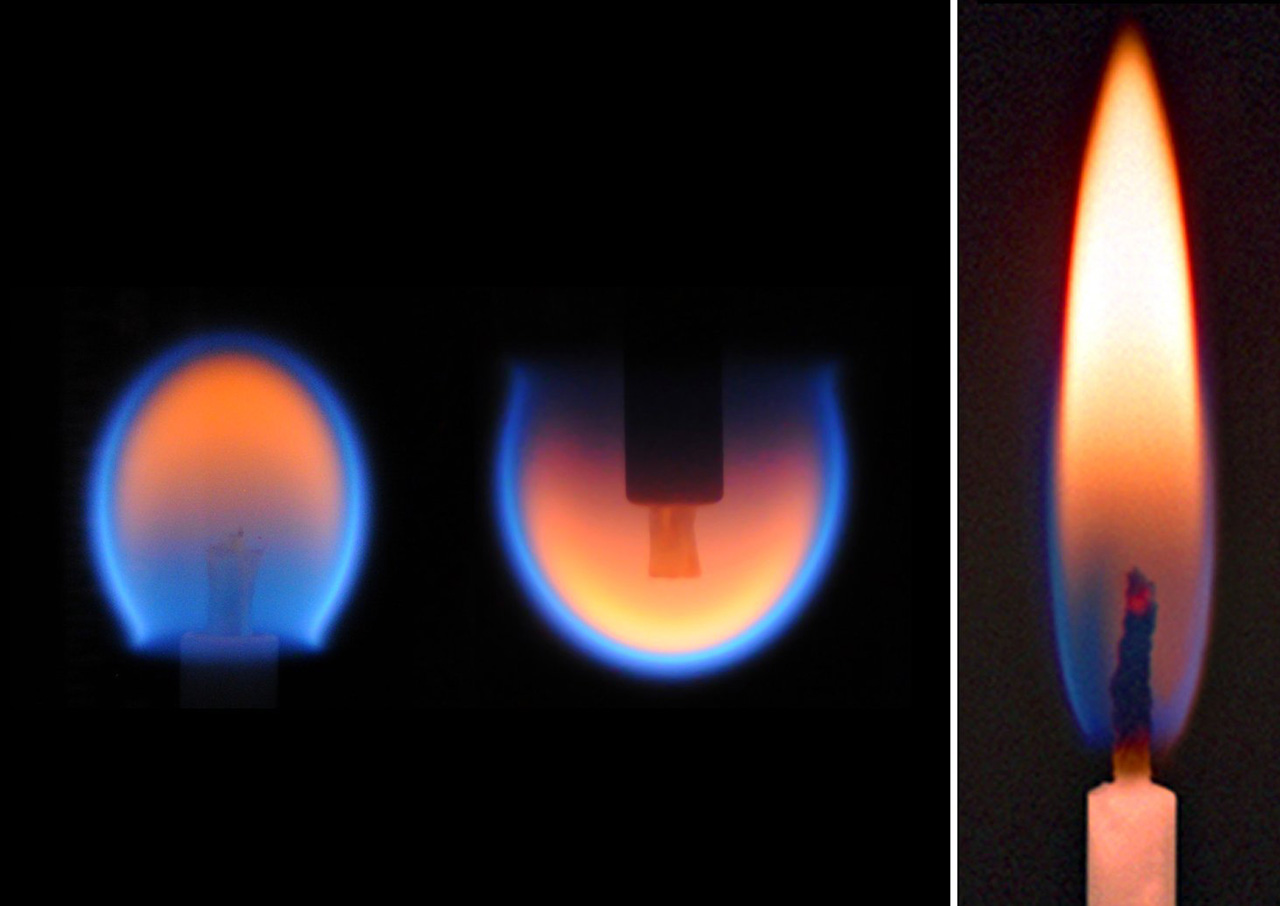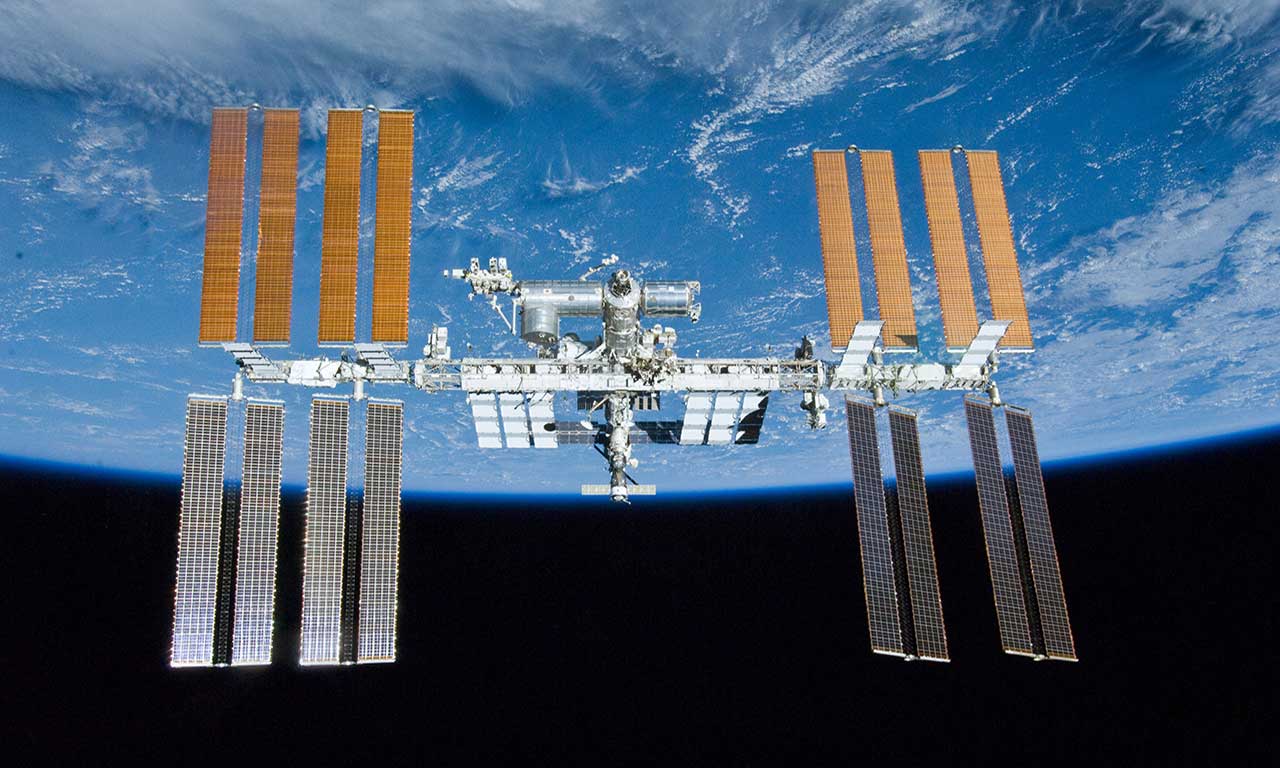The International Space Station (ISS) in an artificial satellite and research lab orbiting around the Earth. Its first component was launched in 1998.
The ISS is jointly created by five leading space agencies including the National Aeronautics Space Agency, The Russian Federal Space Agency, Japanese Aerospace Exploration Agency, European Space Agency, and Canadian Space Agency.
Astronauts in ISS conduct experiments in astrobiology, physics, astronomy, meteorology, space medicine, material science, etc., The ISS provides microgravity and space environment for conducting researches that are useful for human space exploration.
Astrobiology
Extremophiles
We know that the space environment is hostile. It is hard for any biological form of life to exist in this environment. But some microbial life forms like extremophiles and tardigrades are capable of surviving in this environment. The extremophiles investigation seeks to better understand the contribution of archaea and extremophile bacteria to the microflora on the ISS [1].

Human Body
Experiments aim to gain knowledge about the effects of space exposure on the human body. For example, astronauts in space breathe out more nitric oxide than normal humans on the ground.
Another experiment focuses on astronauts’ hippocampi, a part of the brain that processes navigational information and storing memories. Scientists think that the hippocampus will shrink in space. Brain scans are also performed before and after the flight. Studying this part of the brain also helps in understanding Alzheimer’s disease [2].
Experiments are done on how astronauts perceive time in space. Using head-mounted display and headphones, astronauts will be regularly asked to estimate time. Impacts of long-term space travel on astronauts are being studied [3].
Physics
Combustion in Space
Astronauts investigated the combustion of a variety of solid materials, including plastic slabs, fabric sheets and samples with different geometries in the Microgravity Science Glovebox (MSG). The MSG is a contained facility that allows astronauts to burn open flames safely aboard the space station for science experiments [4].

Testing of Ultracold Atoms
The Cold Atom Lab (CAL) facility at the ISS is being used to investigate the dynamics of interacting ultracold atoms. Atoms are chilled to near absolute zero temperatures. At these temperatures, atoms start to behave like matter waves, as per the laws of quantum mechanics. Ultracold atom clouds are imaged under varying conditions [5].
Astronomy
Alpha Magnetic Spectrometer
Alpha Magnetic Spectrometer is a separate module in International Space Station. AMS cannot be mounted on any satellites due to bandwidth and power requirements.
AMS is helping us find answers about the dark matter, antimatter and origins of the universe. The Alpha Magnetic Spectrometer looks for evidence of these mysterious substances, along with very high-energy radiation coming from distant stars that could harm crew members travelling to Mars [6].
Materials Testing
Experiments in material science asses the impacts of the space environment (vacuum, solar radiation, atomic oxygen and micrometeorites) on materials. Material testing focuses on the environmental and economic benefits of materials used for space exploration [7].
For more detailed information about scientific experiments being conducted in the ISS, visit the Space Station Research Explorer on NASA.gov.
Footnotes
1. Extremophiles.
2. The next generation of Space Station experiments.
3. Study of the Impact of Long-Term Space Travel on the Astronauts’ Microbiome.
4. Combustion Continues to Draw Researchers to Space Station .
5. Zero-G Studies of Few-Body and Many-Body Physics.
6. AMS-02 (Alpha Magnetic Spectrometer – 02).
7. Materials International Space Station Experiments.
